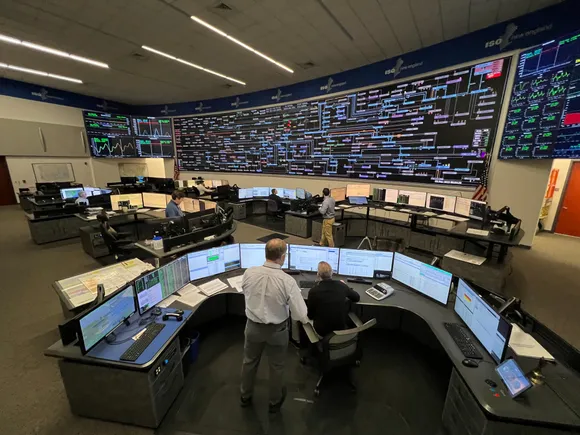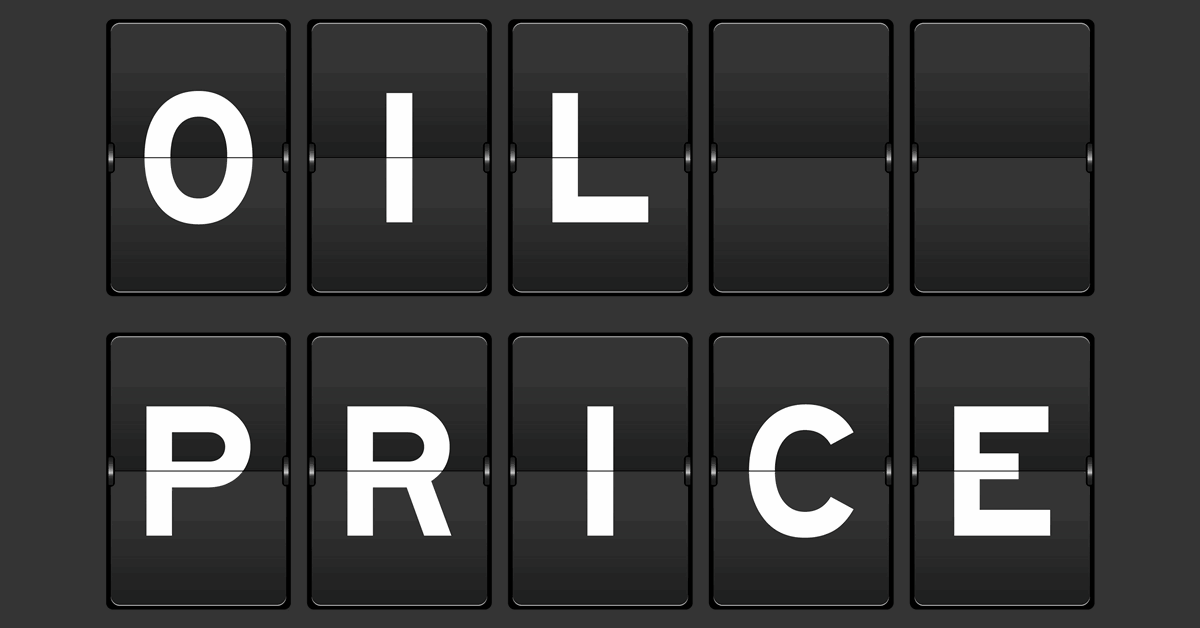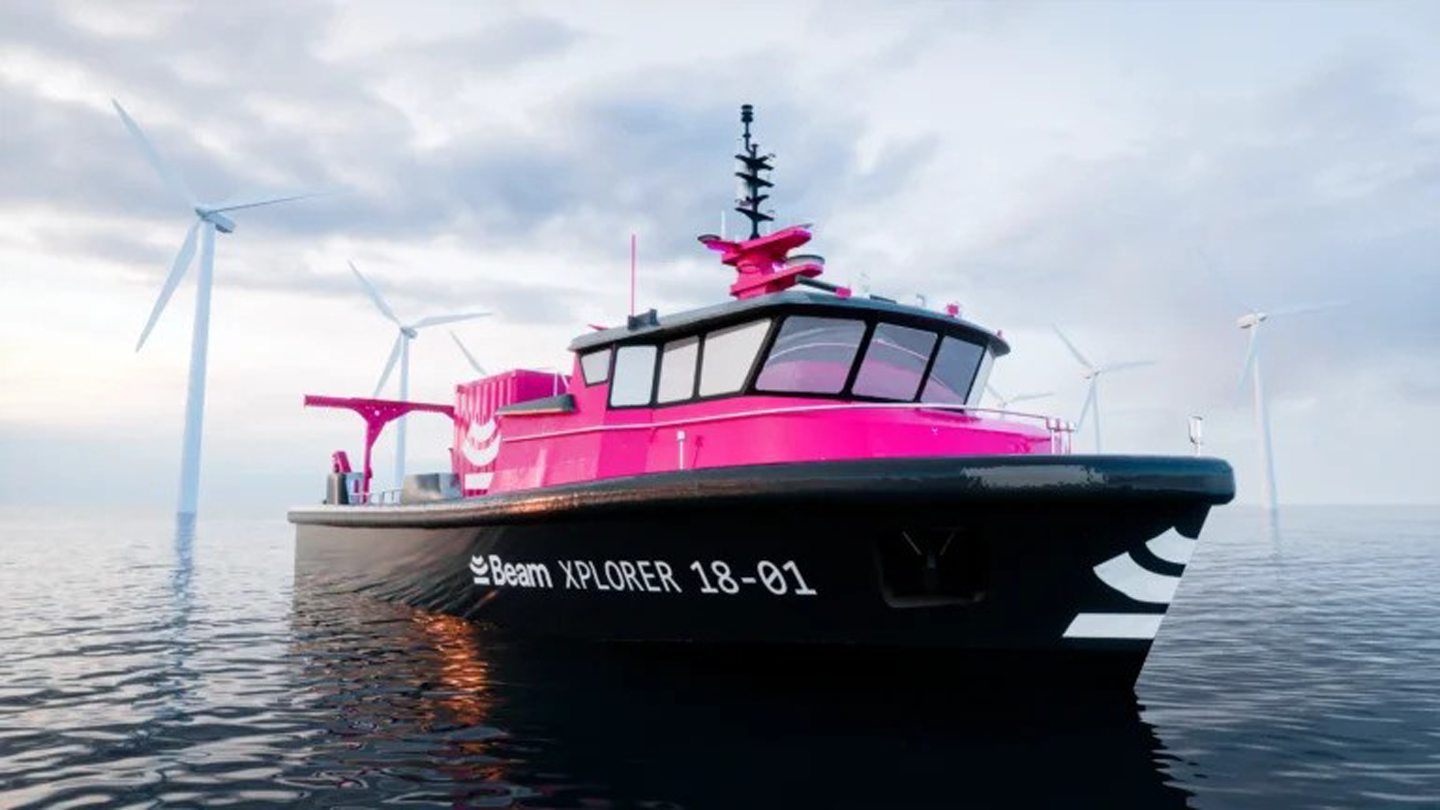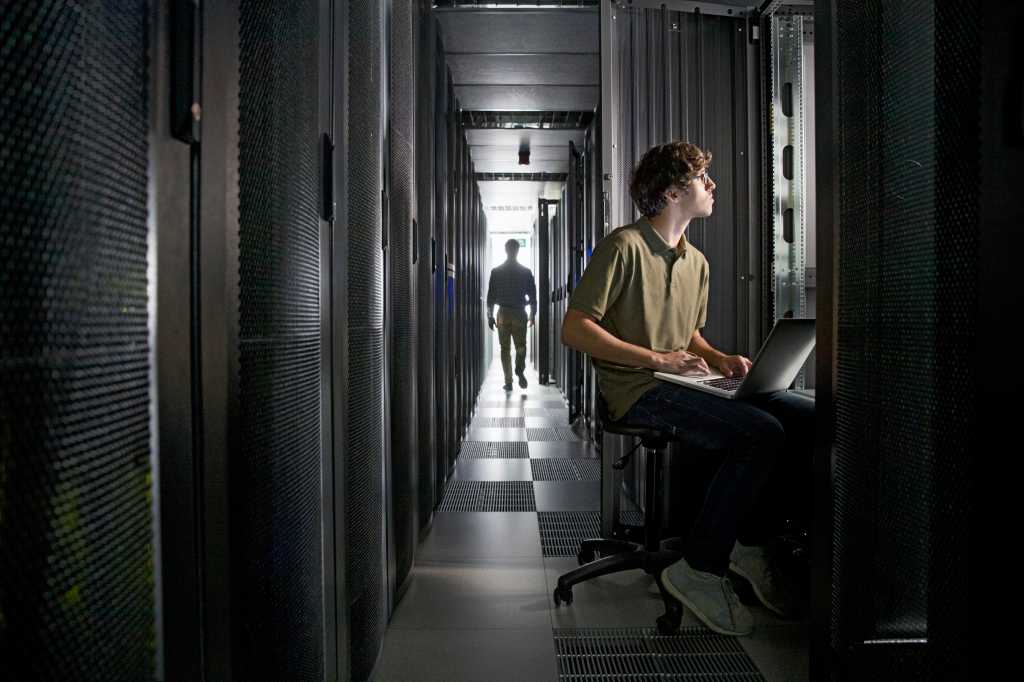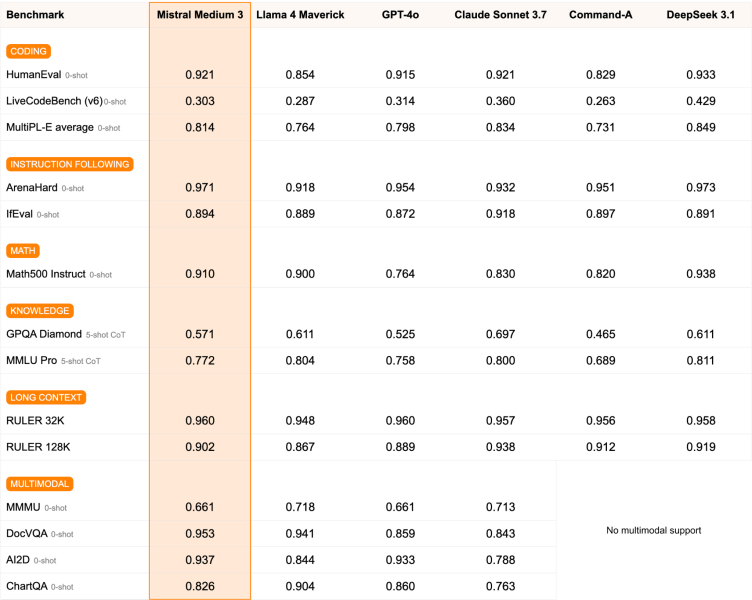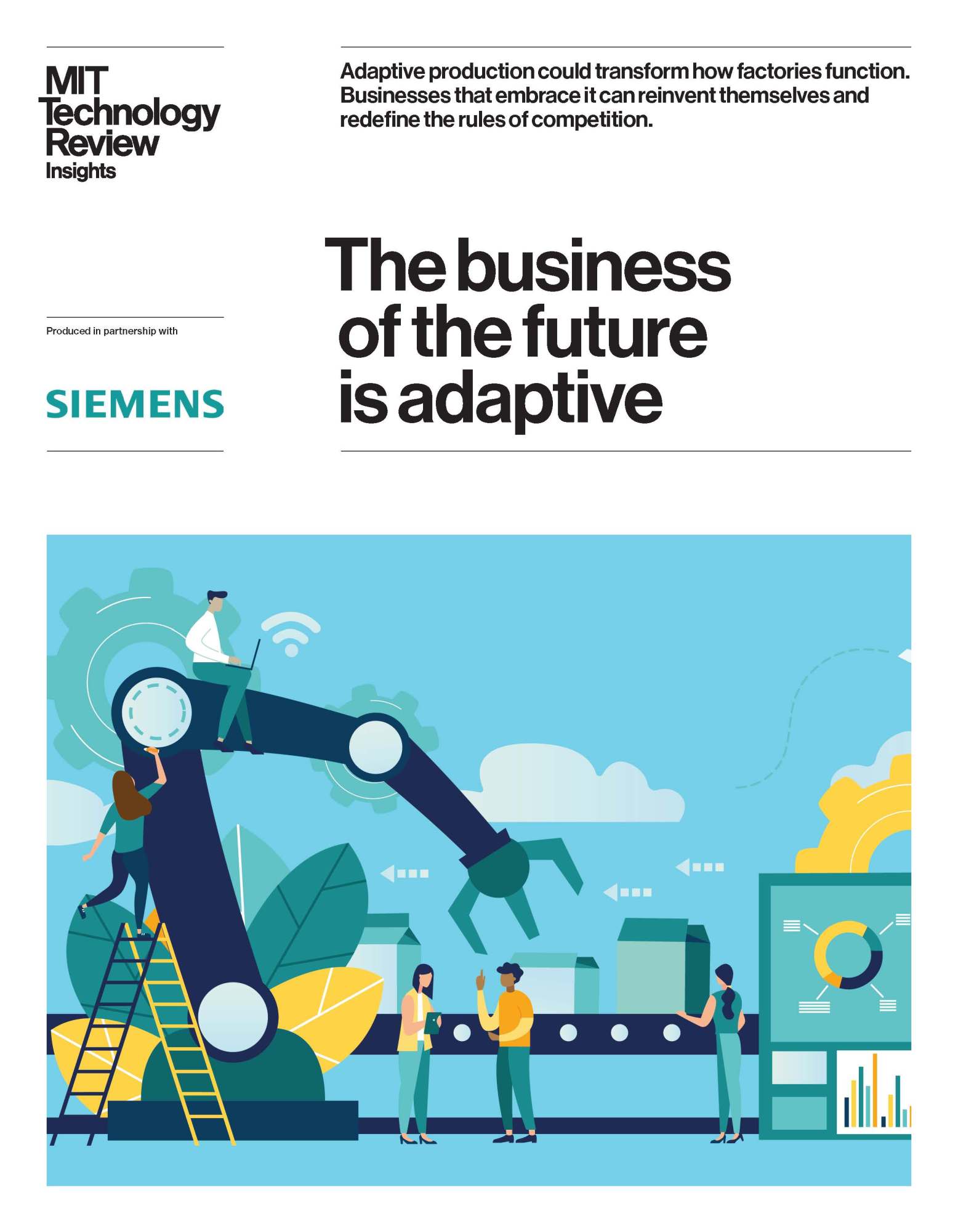Consumer-led flexibility has been touted as a key part of the energy transition, with smarter responsiveness bringing more stability to the grid.
Speaking to Energy Voice, Flexitricity founder and chief strategy officer Alastair Martin said: “Flexibility is not an end in itself. The purpose of flexibility is to make the best use of the resources that we have when we have them.”
Founded in 2004, Flexitricity works as a demand side response aggregator – allowing its customers to control their energy consumption or even supply spare power during economically optimal times.
The company currently has around 1.2GW of capacity connected to its so-called virtual power plant, covering various assets ranging in size from the 50MW Thurcroft battery storage site to smaller devices such as backup generators in the hundreds of kilowatts, down to EV chargers at around ten kilowatts.
“The 1GW threshold is significant because it puts us in the league of large power stations,” Martin said. “In terms of scale, the national transmission system peaks out nowadays at around 47GW. And as we’re quite active, we’re a busy gigawatt.”
Clean Power 2030
Consumer-led flexibility forms part of the UK government’s Clean Power 2030 Action Plan. Making the grid more flexible by reducing or increasing consumption with the ebbs and flow of renewable generation aims to improve stability and contribute to the net-zero transition
“Despite the progress in renewables, you still have ebbs and flows over a period of hours, and the geographic spread of wind and solar means you need a different sort of flexibility,” Martin noted.
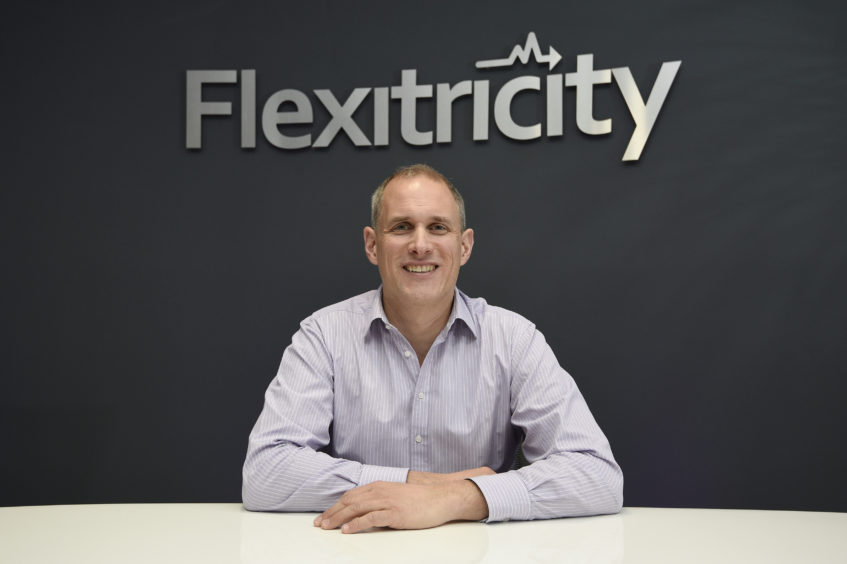 © Greg Macvean Photography
© Greg Macvean PhotographyConsumer-led flexibility incentivises energy consumers, whether domestic or industrial, to modify how they use energy. Not only does this reduce power use – for example, when electric vehicle users charge outside peak demand hours – but it can use their assets to supply power to the grid when needed.
On a national-scale, this aims to lower prices at peak hours by flattening the usage curve and reduce the UK’s overall electricity use.
For the energy transition, this means that the country needs fewer generating assets, a smaller reserve of power to meet peak demand, and less associated network infrastructure to meet peak demand. This can help Britain reach its clean power goal more cost-effectively
“Every megawatt that you contribute to reserve holding means you don’t have to hold anything back, which is wasteful,” Martin explained.
Flexible power
The Clean Power 2030 Action Plan describes a “substantial opportunity for consumer-led flexibility,” it says, envisioning 10-12 GW of consumer-led flexibility capacity by 2030, with EV smart charging forming a key driver of this growth.
“The key question for the secretary of state is when you have created the capability to deliver all of that renewable energy, where are you going to put it?” Martin said.
“You can say we are going to interconnect with the network right across the country and build lots more wires. And yes, we need to do that, but that will never be enough. Building wires is one of the slowest jobs you could have, so it’ll never keep up.”
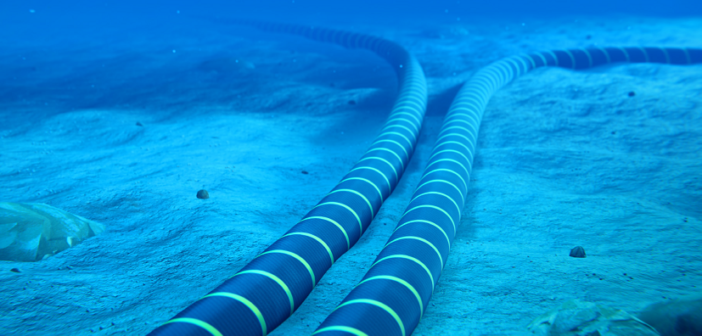
In addition to times of low supply, there are issues with surplus power. Various plans have been suggested for ways to utilise the additional electricity to avoid simply shutting off the supply and wasting a potential source of revenue.
This includes storing the electricity in batteries, as hydrogen, or under consumer-led flexibility, in devices.
“Where we’re going to put that renewable energy is into people’s vehicle batteries, their heat stores, over-chilling stock in ice stores. If you’re cooling something down like a data centre, we’re going to store it,” Martin noted.
To help drive this, the Department for Energy Security and Net Zero (DESNZ) has suggested reforms to improve consumer-led flexibility schemes’ access to markets and reducing its administrative barriers.
In addition, a consultation that covers how to coordinate and amplify accurate messaging on consumer-led flexibility is expected this summer.
Net zero commitment
However, concerns have been growing about the political will to proceed with the UK’s clean energy plans.
The country was perhaps unique among its peers with both the ruling part and opposition backing the need to decarbonise and reach net zero.
But Conservative party leader Kemi Badenoch recently said that the UK becoming net zero by 2050 is “impossible” – a potential warning that the political consensus on clean energy goals may be crumbling.
However, Martin was not disheartened by her position.
“It’s not shaking the foundations, it’s a context-based play for attention,” he said.
He noted that the market reforms leading to net zero were put forward under Ed Miliband before the collation government of David Cameron and Ed Davey took them up. And the current net zero plan was put in place by Theresa May.
“If there’s a little bit of people trying to gain attention by positioning themselves as being different to whatever consensus might be, I don’t care,” Martin added.
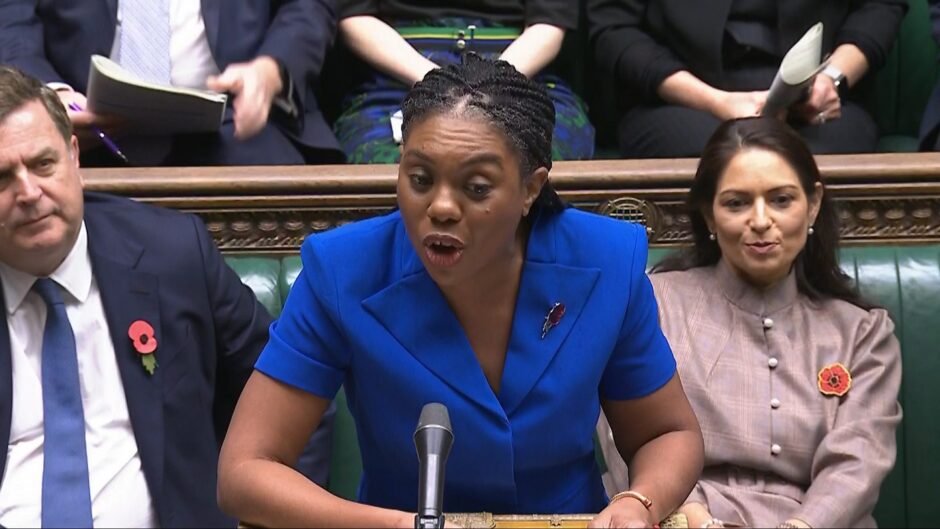
However, the Conservatives are not the only party challenging net zero.
The Reform party, which secured 14.3% of the vote in the 2024 general election, the third largest of any party, saw recent success in the English council election, getting 667 seats and 30% of the votes to seize control of ten local authorities.
The growing presence of Reform in the UK’s political landscape has added a far more sceptical voice to the net-zero debate and could pose significant challenges for the energy sector.
Reform leader Nigel Farage has branded the debate around net zero as the “next Brexit,” while deputy leader Richard Tice has promised to use its power to block renewable energy projects within its jurisdictions.
Among plans Reform has floated is a tax on the renewable energy sector, though it has not said exactly what will be taxed and at what rate.
But for Martin, the importance and benefits of the energy transition speak for themselves.
“Facts are facts and energy security requires these actions. Dependence on international fossil fuel markets will always come back and hurt us, and it will hurt us really badly at some point.
“What happened in 2022 is nothing compared to the vulnerability that we would have had if we hadn’t pushed forward with renewables in the way that we did, and that happened under Labour and the Conservatives.
“I don’t see cracks in the foundations. I see opportunism that will blow away in time.”





